10 "Best Brands" Stocks That the Insiders Love
As consumers, we love brands.

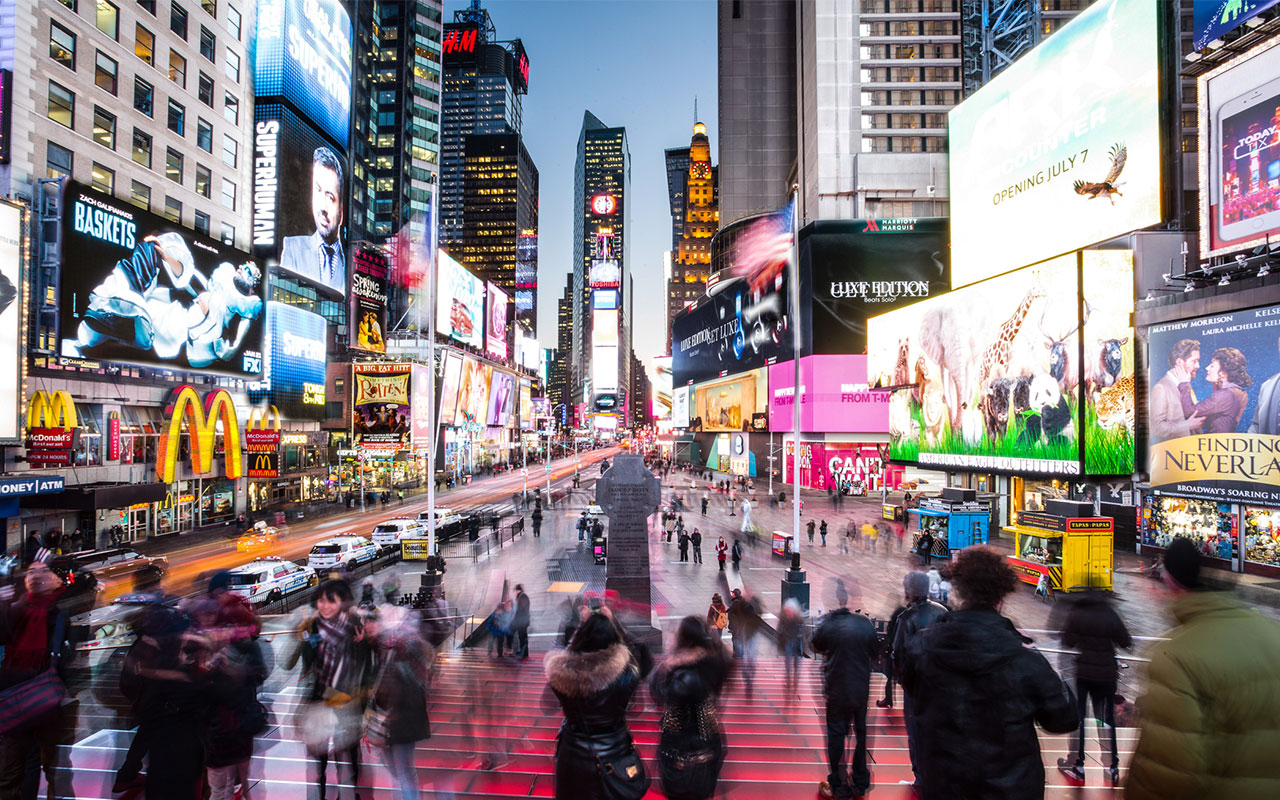
As consumers, we love brands. And why not? We’re all time-starved, so brands offer quick shortcuts in a cluttered marketplace. Buy a Mercedes car or a Martin guitar, and you know where you are in terms of quality. Brands also offer shortcuts to fashionistas and the insecure. They get a quick status boost. (Or so they think.)
But brands are important in picking stocks, too. Brands contribute to the protective moat around a business that successful investors like Warren Buffett love to see. Coca-Cola (KO), according to lore, is more of a marketing company than a soft drink business. But for decades, that worked. Coke's powerful brand is known virtually everywhere in the world, and that powered revenue growth for a very long time. No surprise, then, that Buffett’s Berkshire Hathaway (BRK.B) is built on the likes of Coca-Cola, Kraft Heinz (KHC), Fruit of the Loom, Geico, Dairy Queen and See’s Candies.
Of course, brands can never just rest on their laurels. Sears (SHLD), Kodak (KODK) and Palm were all once powerful brands that fell from grace because managers failed to keep them up to date with changing consumer trends. Brands need constant nurturing via investment, innovation or marketing.
This is what makes investing in brands so tricky. A company with a strong brand can dominate for decades, but it also can go the way of now-defunct Blockbuster. When I analyze stocks, one thing I look for is companies where insiders are buying into powerful brands in a big way. After all, if insiders who know the company well are putting their money where their mouths are, that’s a good reason to be confident.
Here are 10 “best brands” stocks the insiders love:
Data is as of April 5, 2018. Data on China sales exposure comes from FactSet and company filings. Click on ticker-symbol links in each slide for current share prices and more. Michael Brush is the editor of the stock newsletter Brush Up on Stocks.
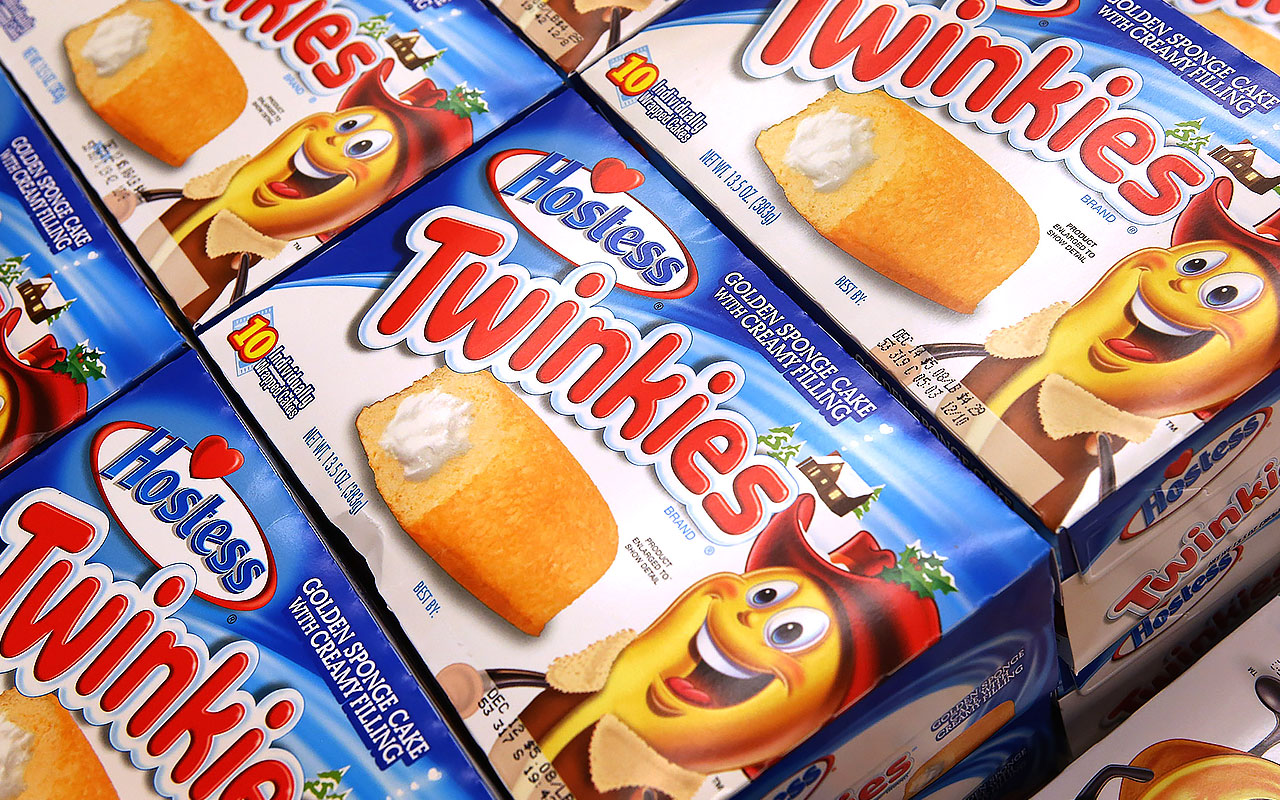
Hostess Brands
It’s no secret that refined sugar and high fructose corn syrup are bad for us. But look at the ever-expanding waistlines around you, and it’s clear that a lot of people simply ignore the risks.
For their sugar rush, they love familiar brands that have been around forever, such as those from Hostess Brands (TWNK, $13.58). These brands are so old, you probably ate this company’s products as a kid, and so did your dad and grandfather. Hostess’ CupCake was first rolled out in 1919. Twinkies in 1930. Other popular Hostess brands include Ding Dongs, Ho Hos, and Donettes.
Hostess’ sales grew almost 7% year-over-year in 2018, despite the demonization of sugar. Its brands accounted for 17% of the sweet baked goods market, Nielsen says.
Even iconic brands like these need constant attention, but the Hostess team seems well-suited for the job. Management has tended A-list brands from Nabisco, Chef Boyardee, Bumble Bee Tuna, Pabst Blue Ribbon, Land O’Lakes, Sara Lee and Nestle (NSRGY), to Henkel, Playtex and Walt Disney (DIS).
New products last year accounted for 8% of the company’s $776.2 million in sales. They included Hostess Bakery Petites (with no artificial flavors or high fructose corn syrup), Chocolate Cake Twinkies, White Fudge Ding Dongs and Peanut Butter Ho Hos.
Insiders have been buying around $14 a share, betting that more innovation, acquisitions and cost cutting will drive these shares higher.

Weight Watchers
Launched in the early 1960s, Weight Watchers (WTW, $71.35) caught on because it worked. Studies show this, and it’s easy to see why: Its point system directs people to healthier foods, and they can draw on support from others in regular meetings.
By the middle of 2015, however, WTW shares were reflecting a tired brand. At the time, Weight Watchers stock traded for around $7 – down more than 80% from where it was 10 years earlier.
The company called out for help from one of the biggest brands in all of history: none other than Oprah Winfrey, with whom they inked a marketing deal in October 2015.
It worked. The stock is up about tenfold since then, and Oprah’s magic is showing no signs of wearing off. In the first quarter, subscribers advanced 29% year-over-year, to a record 4.6 million. Sales were up 20%, and operating income nearly doubled. And despite big gains in the stock, a director bought a significant number of shares in early March at around $62.50, which suggests this brand revival story has more to go.
One risk: Winfrey’s marketing deal expires in 2020. But investors should not be too worried. As part of her deal, Winfrey bought 6.3 million shares, and the company gave her 3.5 million options priced at $6.97. She sold about a quarter of her shares at an enormous profit earlier this year, but she said she did so to balance her portfolio – a legitimate claim. Unless she sells the rest between now and 2020, she stands to lose a bundle if she quits the Weight Watchers gig, which would hurt the company.
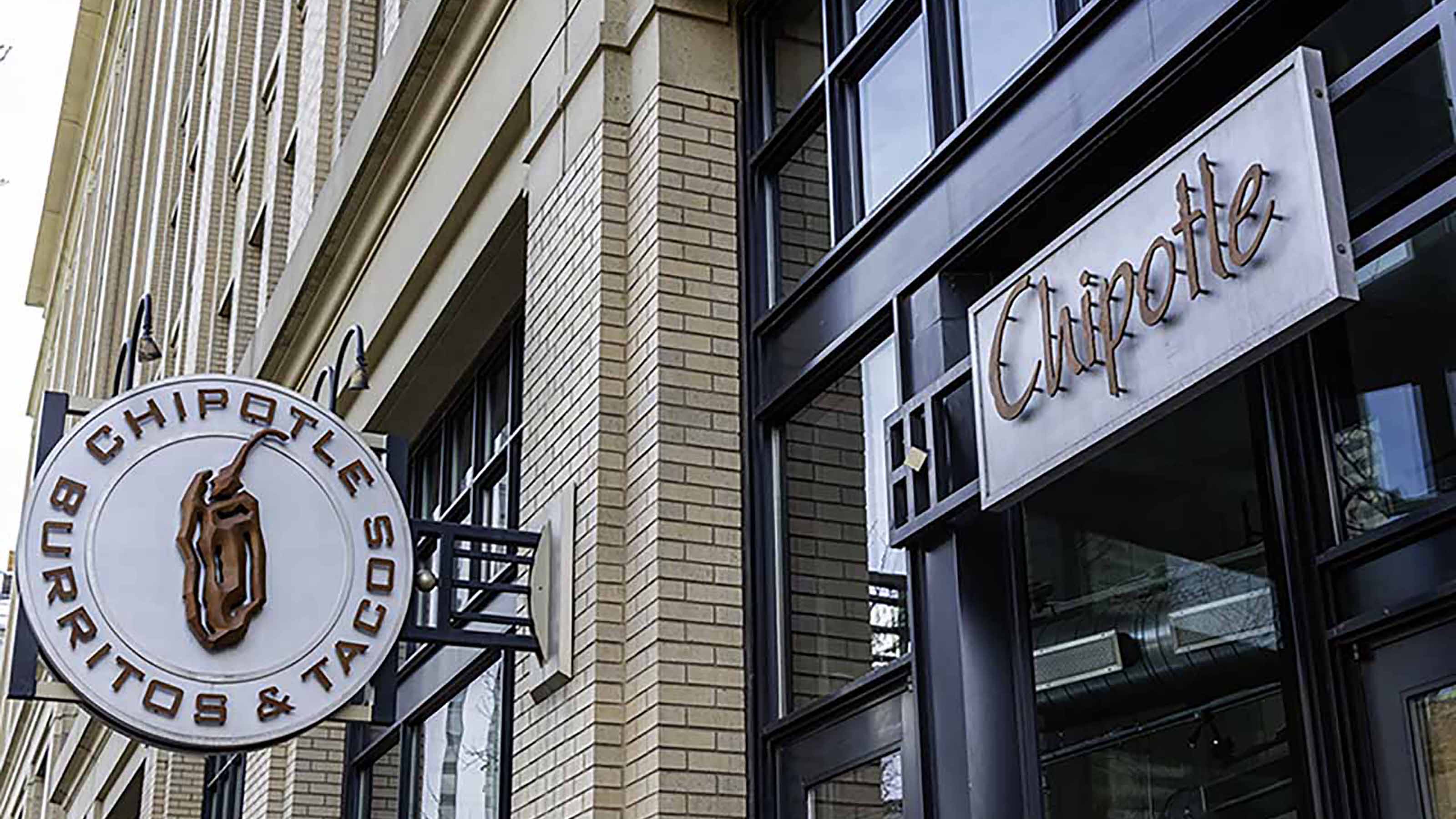
Chipotle Mexican Grill
Powerful brands can fall fast. When it comes to food, all it takes is a health scare.
- Chipotle Mexican Grill (CMG, $422.67) investors know this all too well. The company and stock were stung by food safety issues in 2015. The problem continued as more Chipotle diners reported getting sick. By early this year, CMG stock was languishing around $300, down from around $750 in 2015.
Before these issues arose, the consumer love affair with Chipotle was epic. The chain built out thousands of restaurants after founder Steve Ells opened the first one in Colorado in 1993.
However, shares rebounded nicely in late April when the company reported decent 7.5% revenue growth. Sure, a lot of that came from a 5% price hike – but that’s good in its own way, as plenty of people kept dining despite the price increase.
It’s up to new CEO Brian Niccol to keep the momentum going. He certainly has the resume, including gigs in brand management at Procter & Gamble (PG), Pizza Hut and most recently Yum! Brands (YUM) division Taco Bell. At Taco Bell, he helped boost sales by introducing breakfast meals and improving mobile sales.
He’ll no doubt use the same tricks at Chipotle. But his main task will be to nudge consumer perception away from “food with E. coli” and back to “Food With Integrity,” Chipotle’s motto. At Chipotle, this means “responsibly raised” food with no artificial colors, flavors or added hormones. Niccol thinks if he drives home this message via marketing, customers will “instantly feel better about the food they’re eating.”
The jury still is out on that. But Chipotle insiders are believers. Two of them bought $1 million worth of stock at around $291 to $317 in February. The stock recently traded at around $420, but insiders rarely buy for a short-term trade, so they likely believe more gains lie ahead.
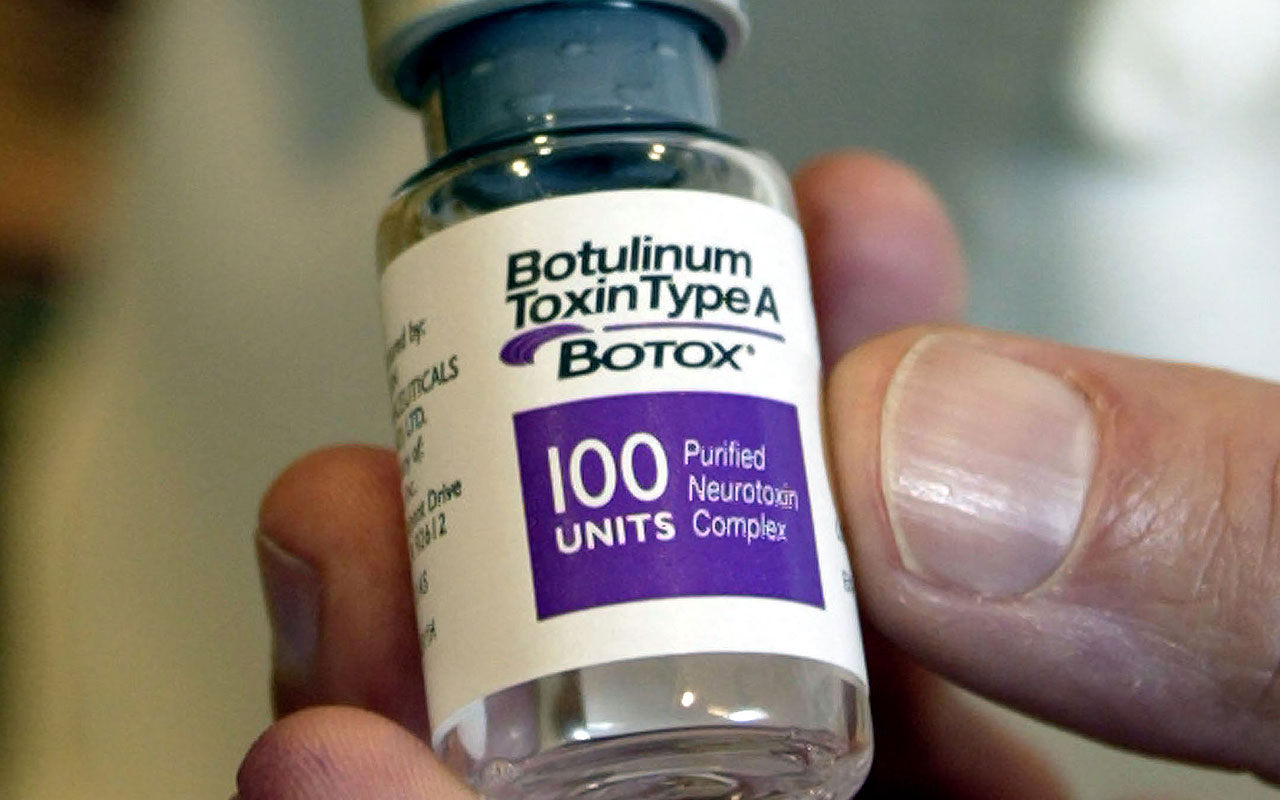
Allergan
Other than Viagra and Ciallis, few prescription drugs ever really break out into popular culture as “go to” brands. But you can definitely put Botox on this list. Short for Botulinum toxin, Botox is a neurotoxin that reduces crow’s feet and other wrinkles by paralyzing face muscles. In our youth obsessed culture, this is big business. Botox netted $3.2 billion for Allergan (AGN, $151.91) last year, though a lot of the sales come from pure medical use: to treat migraine and muscle issues.
AGN shares trade near multiyear lows. Like many of pharmaceutical companies, Allergan is plagued by fears that Washington, D.C., may crack down on “high” drug prices. Another problem is competition from generics as patents expire. Allergan’s second-biggest drug, Restasis for dry eye, will face generic competition this year.
Despite these perceived problems, a cluster of insiders including the CEO and CFO bought more than $1.2 million worth of stock in early March around current levels.
Insiders clearly are betting on Botox, where sales growth should continue to be robust. Sales advanced 14% last year compared to 2016, when sales were up 41%. This moves the needle because Botox is Allergan’s top-selling drug. It accounted for 20% of the company’s $15.9 billion in revenues last year.
Fears about drug price regulation may be overblown because drugs only account for a small portion of overall health-care costs. Plus, drug companies need revenue to fund research – for every drug that hits the market, there are a lot more failures. Politicians should figure this out.
Generic competition might not be that big a threat, either. Most of Allergan’s key products don’t face patent expiration until well after 2020, says Morningstar analyst Michael Waterhouse. Competition against Botox will remain scarce. Neurotoxins like Botox are tricky to make, and they often have unique characteristics, so doctors and patients don’t like to switch brands.
Allergan has a rich pipeline of drugs in late stage testing to treat migraine, bipolar depression, uterine fibroids, liver disease, and dry eye. It also has the firepower to add to this lineup via acquisitions.

Tiffany
Pretty much any event – from an engagement to a retirement party – is more special when a gift inside one of Tiffany’s (TIF, $103.58) iconic blue boxes is in the mix.
Where does this magic come from? After all, not all nice jewelry in a box has the same impact. It’s all about the brand. And so is the future of this company. This is the first thing Tiffany tells you in its annual report: “The Tiffany & Co. brand is the single most important asset of Tiffany.” The brand is so important, in fact, the company has even trademarked its iconic shade of blue.
Tiffany has lost a little luster of late. Excluding the impact from new stores, sales were flat in 2017, which was otherwise another gangbuster year for luxury goods.
To help rejuvenate the brand, Tiffany brought in Alessandro Bogliolo last October as CEO. Bogliolo brings experience managing famous brands like Bulgari, Sephora and Diesel. His game plan: Freshen up the product line with new designs, make stores more engaging, improve the digital platform, and boost marketing to draw attention to all of this.
The strategy may be working. While sales for 2017 were flat, Tiffany came on strong at the end of the year; sales advanced 3% during the holidays. “Tiffany had the most product newness in years with its luxury relaunch, and consumer response thus far indicates the first wave of Tiffany’s new strategy could be working,” says Michael Binetti at Credit Suisse.
Insiders are telling us this turnaround will continue. They purchased around $8.6 million worth of stock in March, up to around $99 a share.
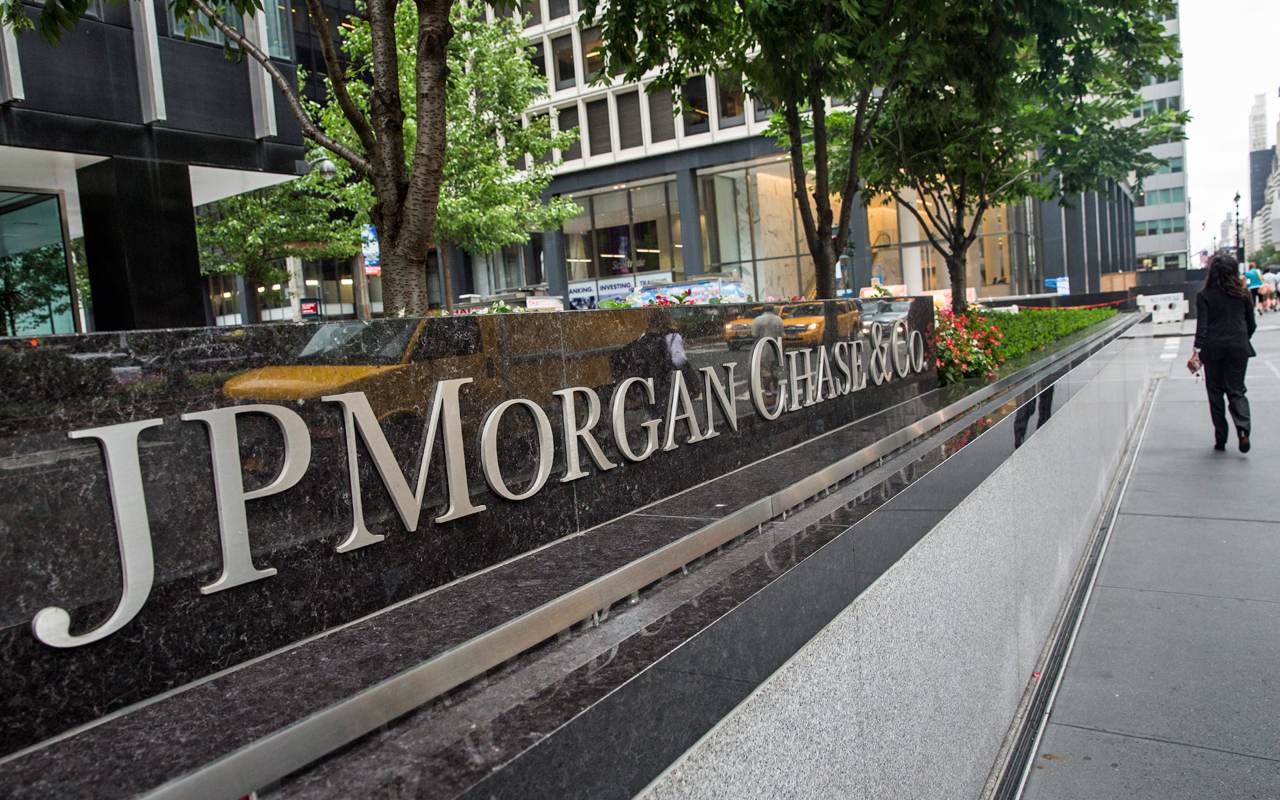
JPMorgan Chase
As Americans, we have a love-hate relationship with banks. Recently, our mistrust was confirmed by the irresponsible behavior at many banks which caused the financial crisis. On a personal level, no one likes ATM fees. And getting little or no interest on checking account balances seems like a ripoff. So to speak positively of any bank by suggesting it has a respected brand is bound to generate cynical snickers.
Go ahead and laugh. But remember that banking is all about trust. And few banks generate as much trust as JPMorgan Chase (JPM, $114.29), for good reason. Under the leadership of CEO Jamie Dimon over the past 15 years, JPMorgan has been a lot more careful than many banks about risk management. This explains why JPMorgan Chase remained relatively unscathed by the financial meltdown – a crisis that literally took out several competitors, and severely wounded others.
That trust also explains why JPMorgan is the largest bank in the country, with about $1.4 trillion in deposits. It’s the largest issuer of credit cards in the U.S. JPMorgan’s investment bank and trading desks are among the biggest in the world, by many measures.
How does any of this help investors? In short: The JPMorgan brand garners lots of trust, that trust generates heft, and size pushes down costs. Meanwhile, the brand draws in new business and keeps current customers around. So it’s no surprise to me that a director put $2 million into this stock in mid-April at around $111 a share.
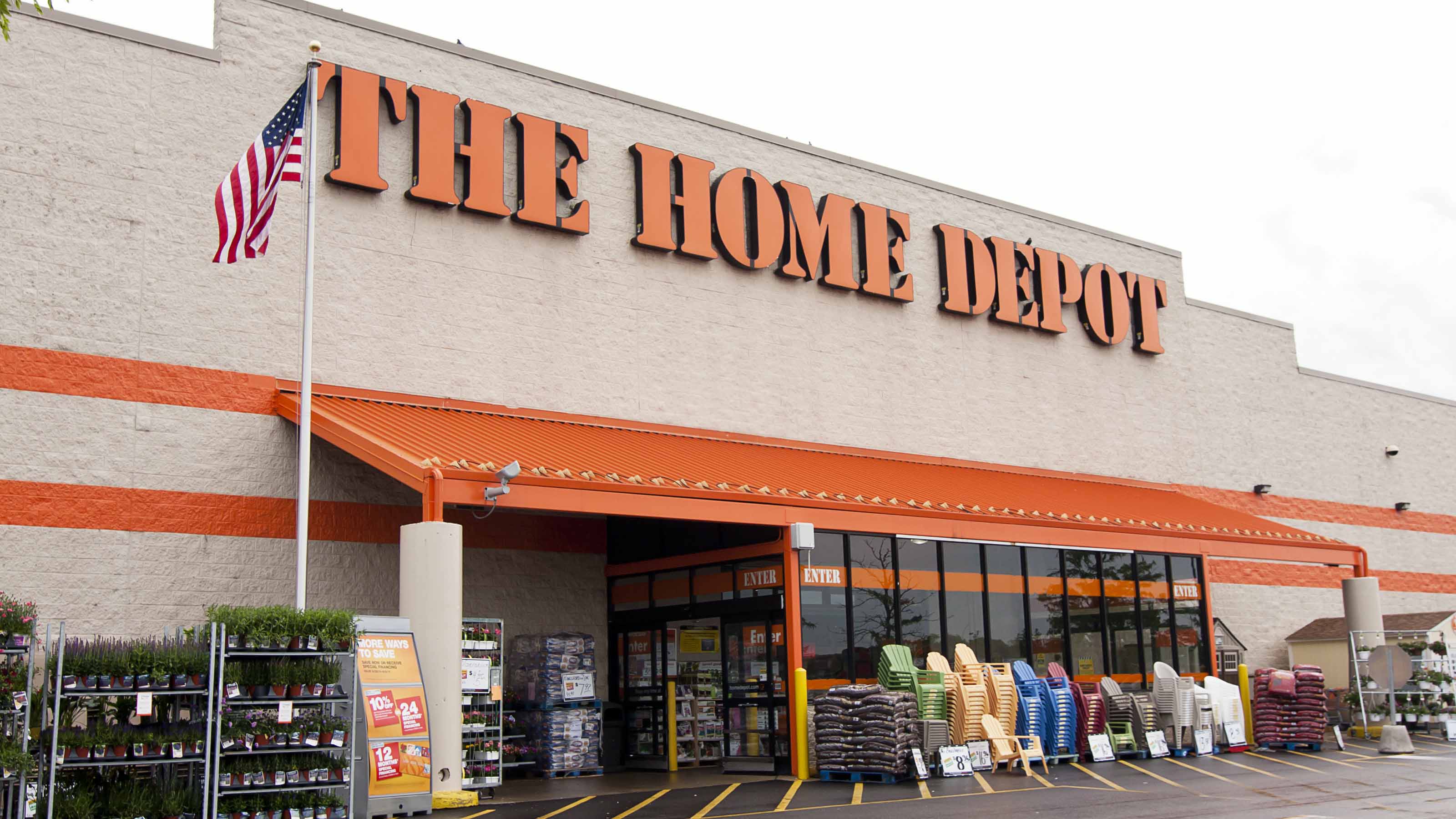
Home Depot
Consumers love to make jokes about “Home Despot.” The stores are huge, and you can’t always find help on a busy day. But size is a plus. The fact is, Home Depot (HD, $187.16) probably has what you went there for.
Sheer size on another level creates brand power, say analysts at Credit Suisse. Home Depot checks that box. It’s the world’s largest home improvement retailer by sales; its 2,280 stores generated over $100 billion in revenue last year.
That size and omnipresence help business in at least two ways. By being in so many locations, the Home Depot brand has become synonymous with home improvement. Next, the chain’s size gives it bargaining power with suppliers. Home Depot passes along some of the savings to customers, generating loyalty and reinforcing its brand image. Morningstar analyst Jaime Katz cites Home Depot’s size and brand power as two of the key reasons she thinks the company has a wide moat around its business -- a positive for investors.
The chain continues to benefit from a healthy housing market. Unless inflation takes off, interest rates should rise gradually. That would mean mortgage rates stay relatively low – supporting continued strength in the housing market, and as a result, demand for Home Depot products.
While Amazon.com (AMZN) is taking over much of the retail sector, it might not be a huge threat to Home Depot. A lot of what customers buy there is too bulky to ship conveniently, and many customers go in for informal advice on projects. All of this helps explain the robust fourth-quarter same-store-sales growth of 7.5%.
A $4.2 million purchase by two insiders in March at around $179 a share suggest that solid growth, and stock gains, will continue.
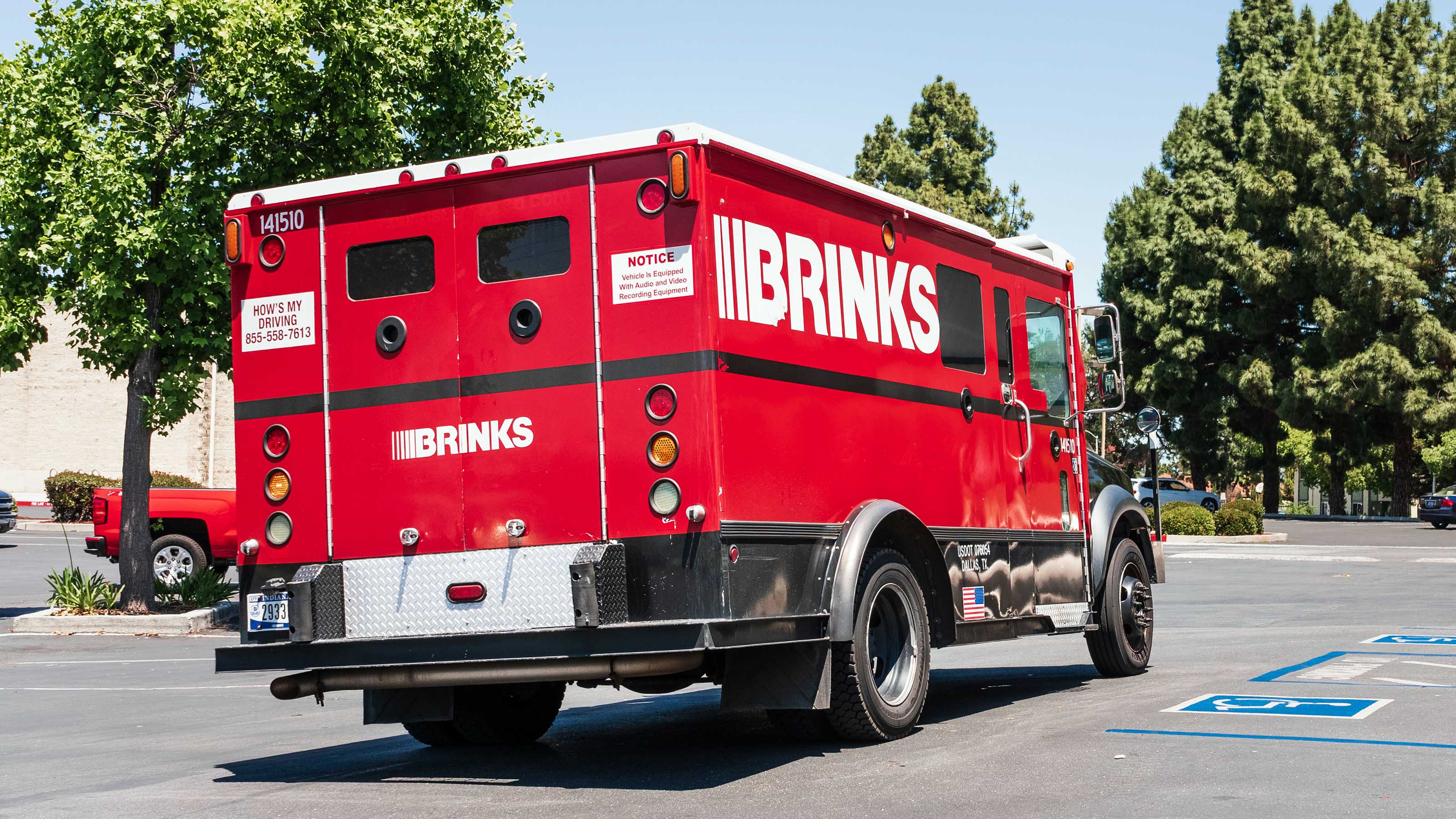
Brink’s
Originally founded in 1859 as Brink’s City Express, Brink’s (BCO, $75.10) started off by offering safe passage of luggage between Chicago rail stations and hotels. In 1891, the company made its first shipment of money: six bags of silver dollars. Along the way, it branched out into payroll delivery, and by the 1960s, Brink’s began expanding abroad.
It continues in that tradition with regular purchases of secure logistics companies in foreign countries. The company spent $365 million on six acquisitions last year, mostly in South America. This contributed to 15% revenue growth and a 34% increase in operating profits in the first quarter. Regular business revenue growth (excluding the acquisitions) was decent, too, at 6%.
Brink’s plans to spend another $800 million on acquisitions over the next 18 to 20 months. That’ll add up to $1.2 billion spent on acquisitions over the three years. The company expects to grow revenue by 8% in 2018 to $3.5 billion.
BCO shares haven’t kept up with the progress; at around $75, it trades where it did last summer. Why? Investors tend to shy away from acquisitive companies. It’s hard to know if they overpaid, or if they can incorporate new businesses and cut costs as promised. But insiders here show little doubt. From last October through February of this year, insiders including the CEO and CFO put over $2.6 million into the stock, much of it around the current stock price.
Besides transporting cash and valuables, Brink’s provides ATM replenishment, and specialized safes used in retail. All these businesses require trust by customers. That means the Brink’s brand and reputation for security are key here. So it’s a strong signal to investors that insiders have stepped up in a big way to endorse the brand. Brink’s has businesses in 41 countries, and 77% of its revenues comes from outside the U.S., chiefly in Brazil, France, Mexico, Argentina, Venezuela and Canada.
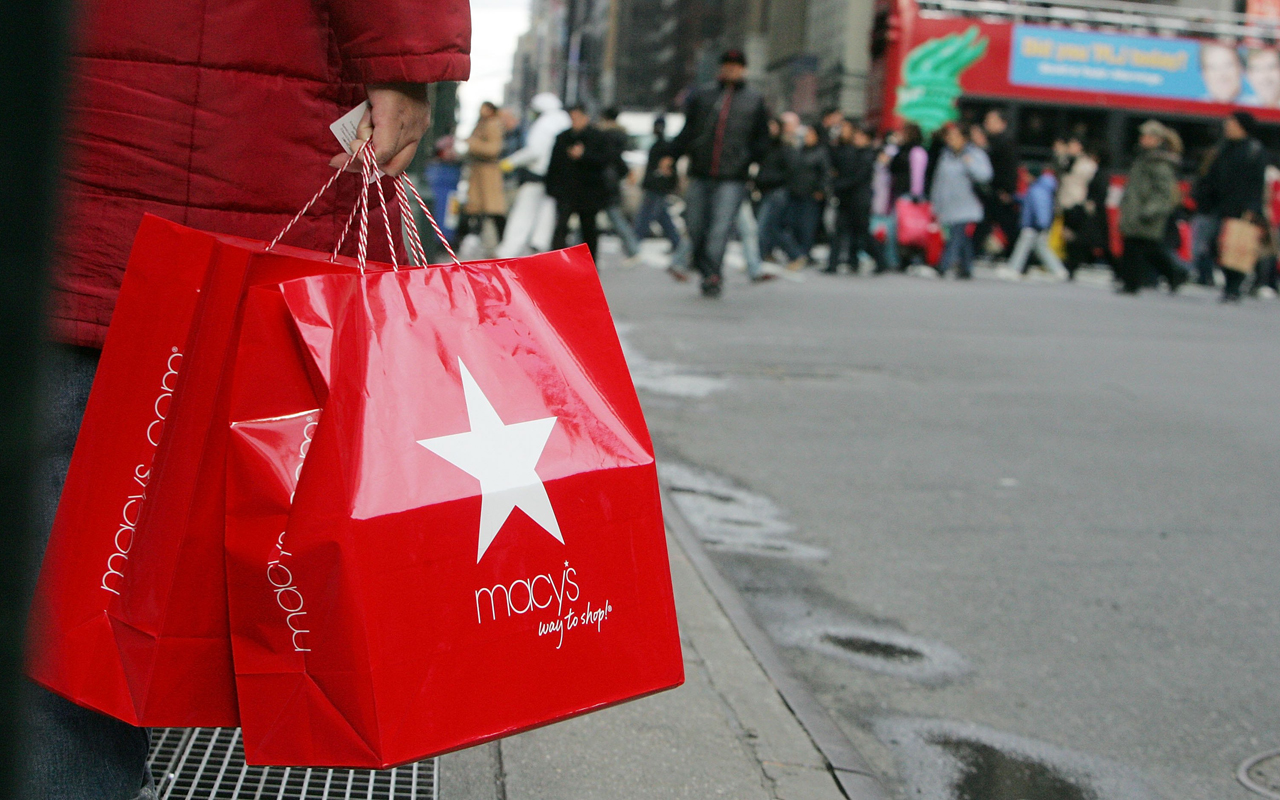
Macy’s
You probably enjoy the Macy’s Thanksgiving Day Parade every year. That has been a tradition since 1924. You might check out the spectacular Fourth of July fireworks display in New York also sponsored by Macy’s (M, $29.42), since 1976. The company maintains a gigantic flagship store that covers almost an entire block off Herald Square in New York.
All of these endeavors are costly. But it’s worth it since the events and grand real estate presence in expensive Manhattan support the retailer’s brand image. Brands are key in retail.
Not even powerful brands like Macy’s have been able to protect brick-and-mortar retailers from Amazon.com and other online competitors. But Macy’s, whose stock has struggled for years, is finally learning to fight back.
It’s a huge retailer with almost $26 billion in sales in 2017, compared to $19 billion at Kohl’s (KSS). Macy’s uses that clout to negotiate exclusive merchandise and better prices. It features these products in a new discount concept in stores known as “Backstage.” The company bought a popular cosmetics, skin care and makeup chain called Bluemercury, which is posting healthy growth. Macy’s is selling off some real estate to raise cash.
Insiders started buying into this effort early on, with stock purchases in the $20-$22 range in the summer of 2017, and I suggested this one in my stock letter around that time. Now the efforts are paying off. The company posted positive comparable-sales growth of 1.3% in the fourth quarter, compared to declines during the prior three quarters. The stock has advanced to about $30. But CEO Jeff Gennette was a buyer again in April with a $290,000 purchase at $29, suggesting he thinks there’s more to go in this comeback story.
Perhaps rumors of Macy’s demise are exaggerated.
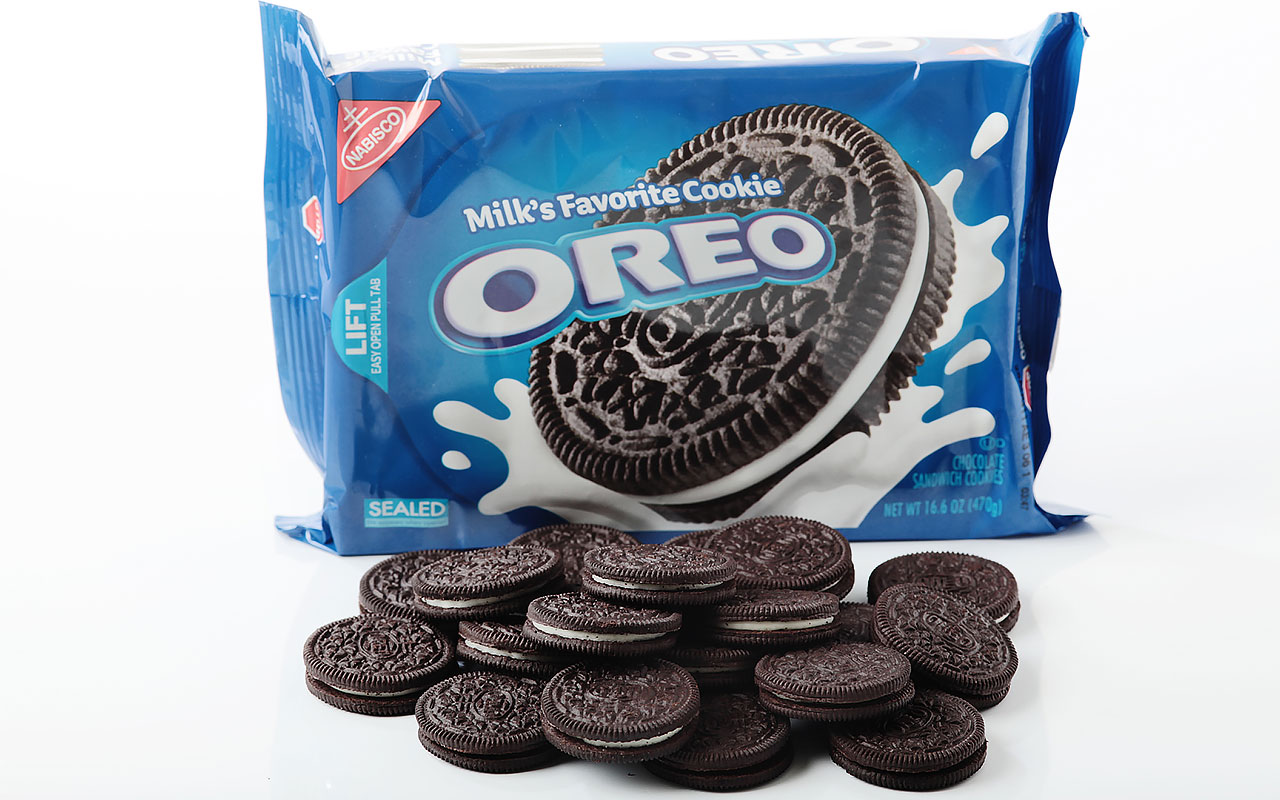
Mondelez International
- Mondelez International (MDLZ, $39.10) has a clunky name. Consumers will not warm up to this as a brand. The remix of Latin words for “world” and “delicious” also has a naughty meaning in Russian slang. Oops.
But don’t let the corporate naming debacle fool you. Mondelez is a powerhouse of familiar brands. This global snack giant brought in $25.9 billion in revenue in 2017 by selling popular treats and drinks under well-known names like Nabisco, Oreo, Cadbury, Toblerone, Trident gum, Tang and Lefèvre-Utile (a French biscuit better known as LU).
Sales grew 2.4% year-over-year in the first quarter, powered by 5.5% growth in emerging markets and 4.7% in Europe.
Expect more growth ahead, says Morningstar analyst Erin Lash. Mondelez’s global reach, portfolio of brands with strong loyalty and solid relationships with retailers all give this company a nice protective moat, says Lash, who gives MDLZ Morningstar’s highest rating of five stars.
Two directors have endorsed this view with their own money. They purchased about $150,000 worth of stock in the low $40s back in November and February. You can now buy MDLZ at a discount to those prices.
Michael Brush had no positions in any stocks mentioned in this column as of this writing. Brush has suggested AGN, BCO, CMG, M, JPM, TIF and TWNK in his stock newsletter Brush Up on Stocks. Brush is a Manhattan-based financial writer who has covered business for the New York Times and The Economist Group, and he attended Columbia Business School in the Knight-Bagehot program.
Profit and prosper with the best of Kiplinger's advice on investing, taxes, retirement, personal finance and much more. Delivered daily. Enter your email in the box and click Sign Me Up.

-
 The Retirement Donor's Checklist: Key Deadlines by Gift Type
The Retirement Donor's Checklist: Key Deadlines by Gift TypeRetirees have some charitable contribution options that can help avoid spikes in income from RMDS and capital gains.
-
 Cooler Inflation Supports a Relief Rally: Stock Market Today
Cooler Inflation Supports a Relief Rally: Stock Market TodayInvestors, traders and speculators welcome much-better-than-hoped-for core CPI data on top of optimism-renewing AI earnings.
-
 Are T-Mobile's Prepaid Perks a Home Run or a Strikeout?
Are T-Mobile's Prepaid Perks a Home Run or a Strikeout?T-Mobile's prepaid lineup promises MLB.TV, T-Mobile Tuesdays and hotspot data. But do the perks make it worth switching?
-
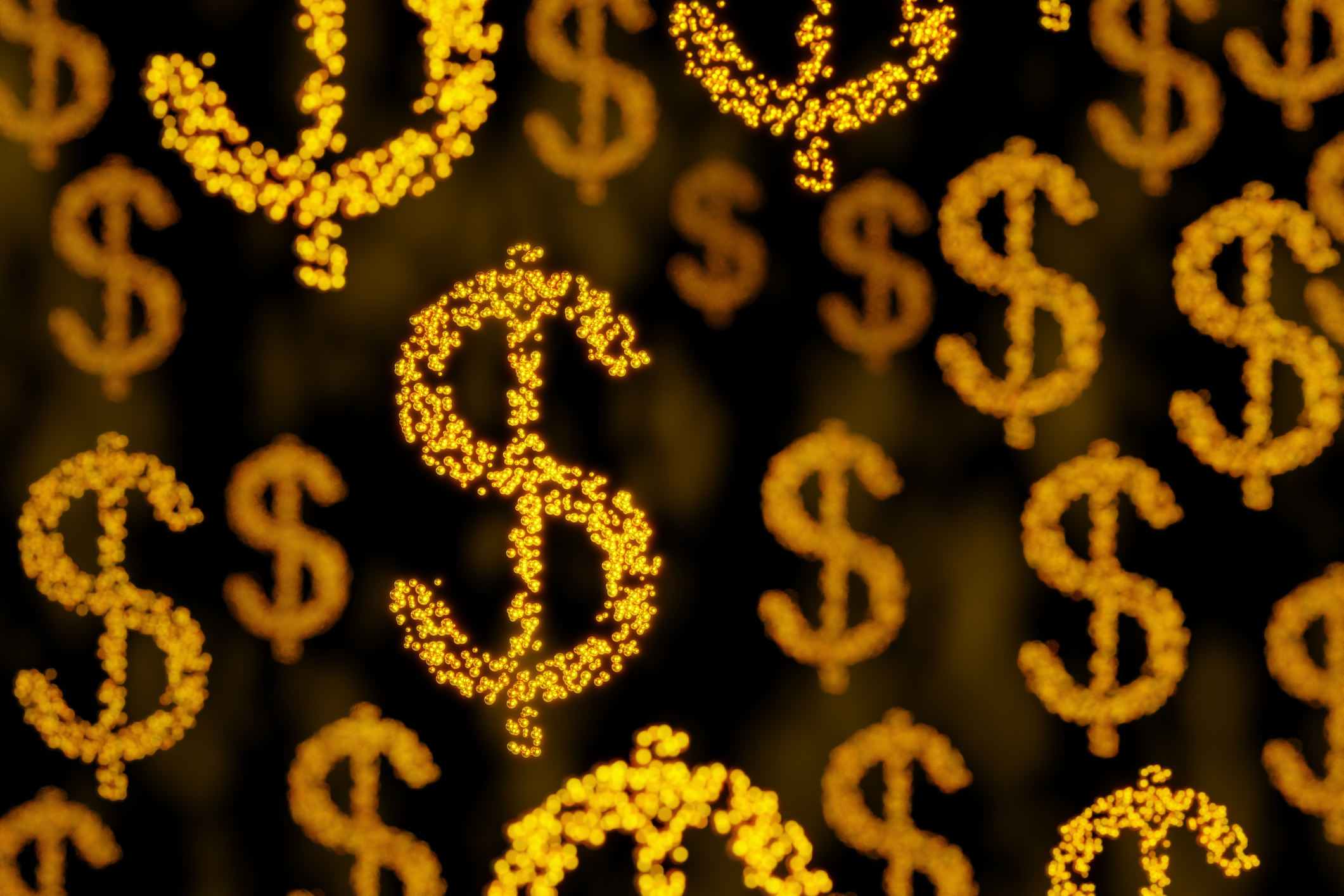 Why I Trust These Trillion-Dollar Stocks
Why I Trust These Trillion-Dollar StocksThe top-heavy nature of the S&P 500 should make any investor nervous, but there's still plenty to like in these trillion-dollar stocks.
-
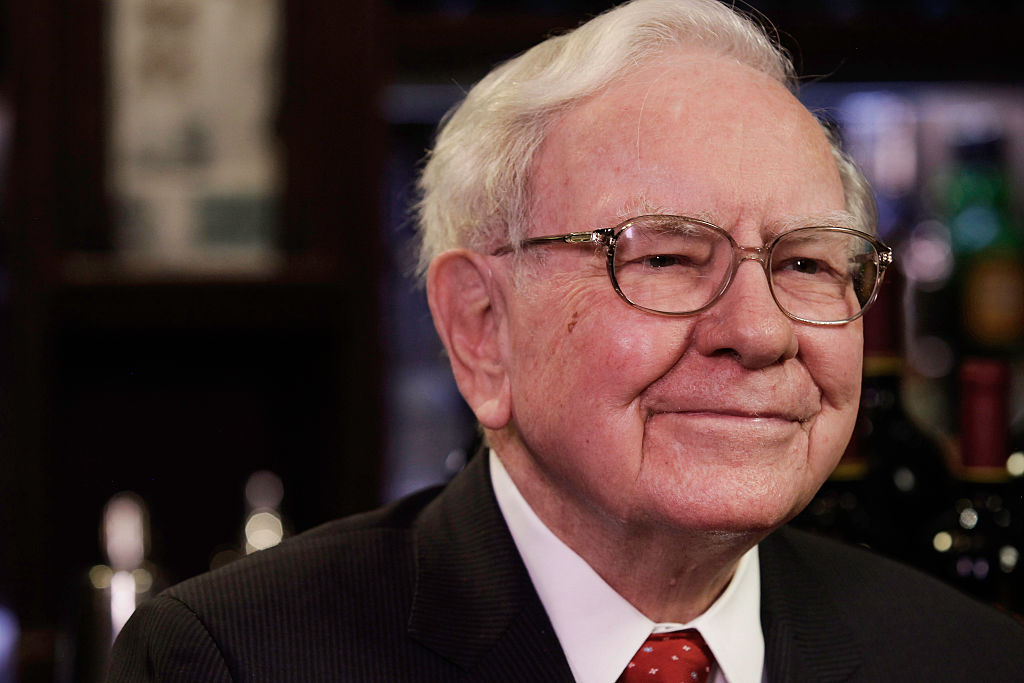 What Made Warren Buffett's Career So Remarkable
What Made Warren Buffett's Career So RemarkableWhat made the ‘Oracle of Omaha’ great, and who could be next as king or queen of investing?
-
 With Buffett Retiring, Should You Invest in a Berkshire Copycat?
With Buffett Retiring, Should You Invest in a Berkshire Copycat?Warren Buffett will step down at the end of this year. Should you explore one of a handful of Berkshire Hathaway clones or copycat funds?
-
 Stocks at New Highs as Shutdown Drags On: Stock Market Today
Stocks at New Highs as Shutdown Drags On: Stock Market TodayThe Nasdaq Composite, S&P 500 and Dow Jones Industrial Average all notched new record closes Thursday as tech stocks gained.
-
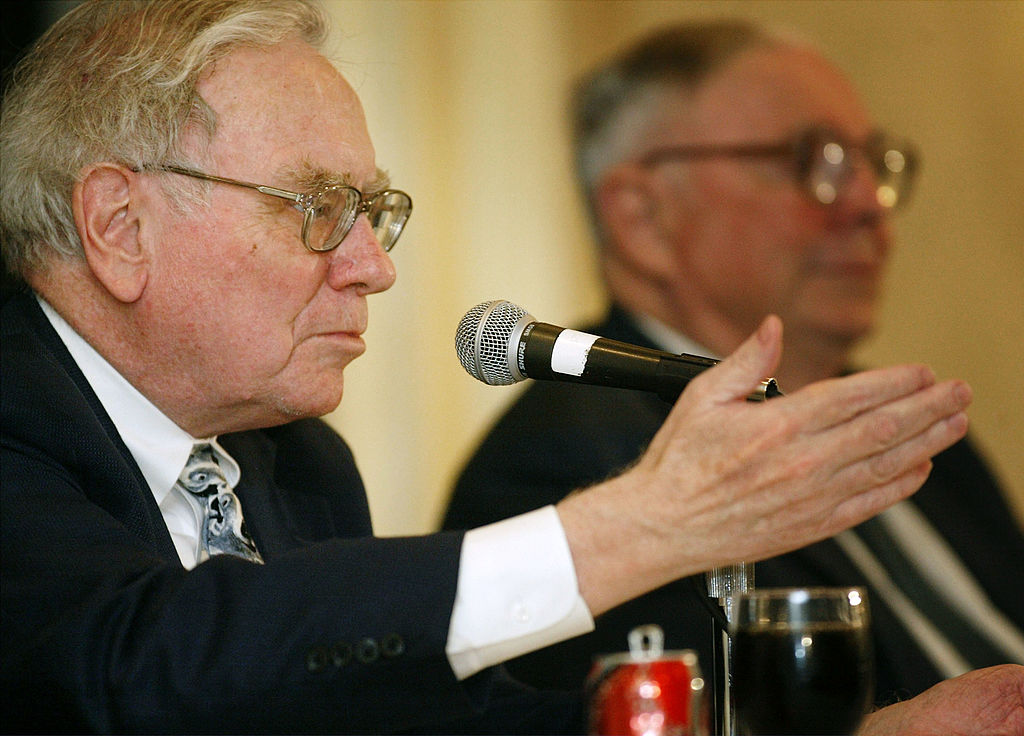 9 Warren Buffett Quotes for Investors to Live By
9 Warren Buffett Quotes for Investors to Live ByWarren Buffett transformed Berkshire Hathaway from a struggling textile firm to a sprawling conglomerate and investment vehicle. Here's how he did it.
-
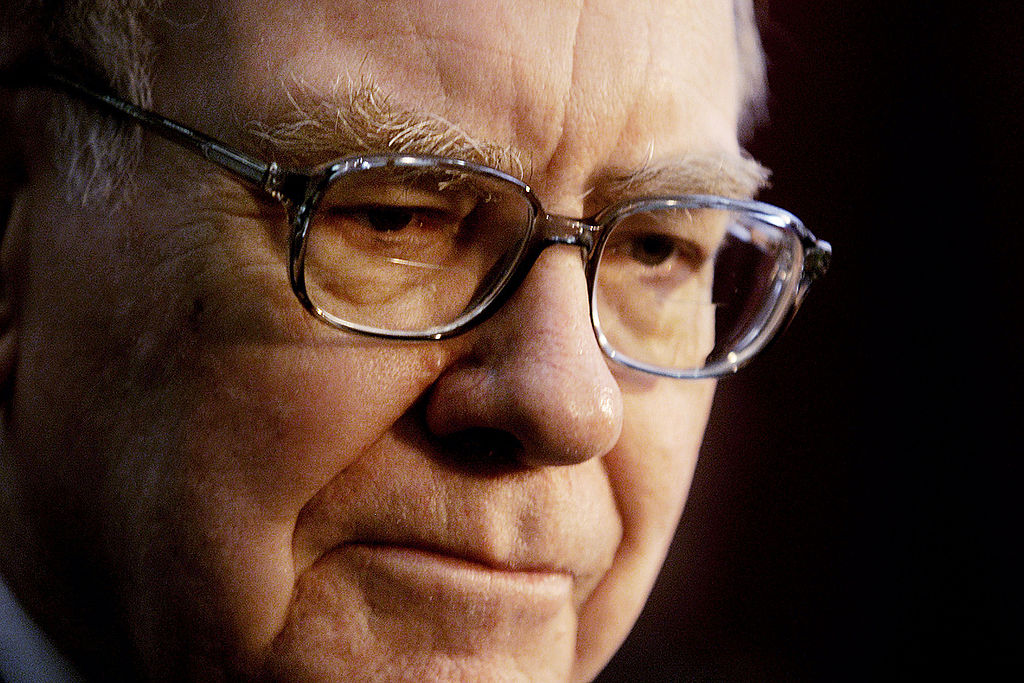 A Timeline of Warren Buffett's Life and Berkshire Hathaway
A Timeline of Warren Buffett's Life and Berkshire HathawayBuffett was the face of Berkshire Hathaway for 60 years. Here's a timeline of how he built the sprawling holding company and its outperforming equity portfolio.
-
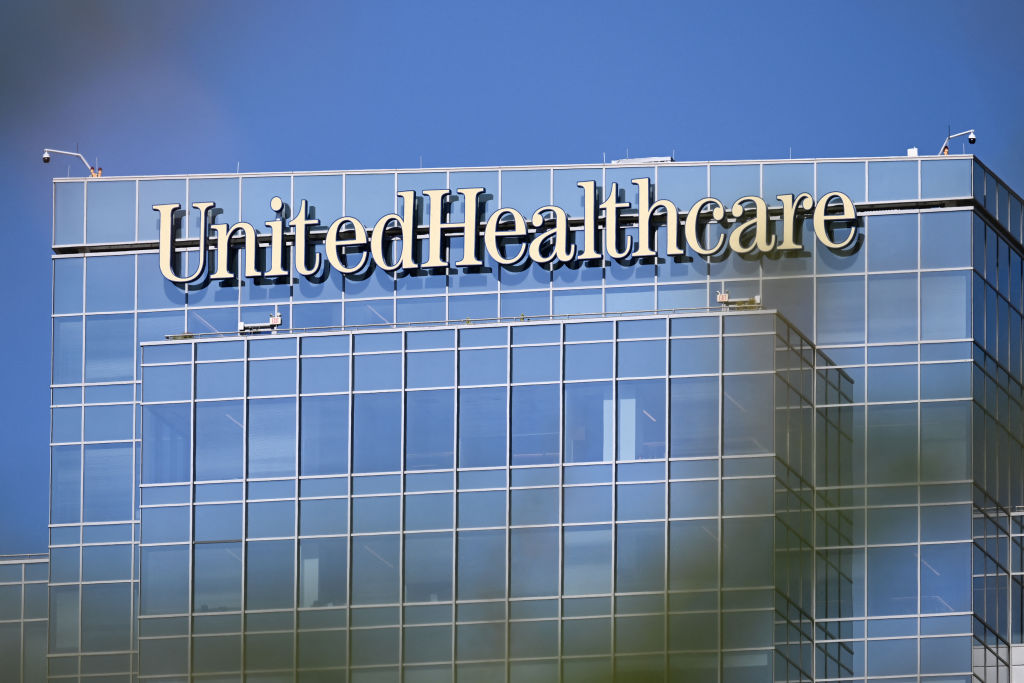 Berkshire Buys the Dip on UnitedHealth Group Stock. Should You?
Berkshire Buys the Dip on UnitedHealth Group Stock. Should You?Buffett & Co. picked up UnitedHealth stock on the cheap, with the embattled blue chip one of the newest holdings in the Berkshire Hathaway equity portfolio.
-
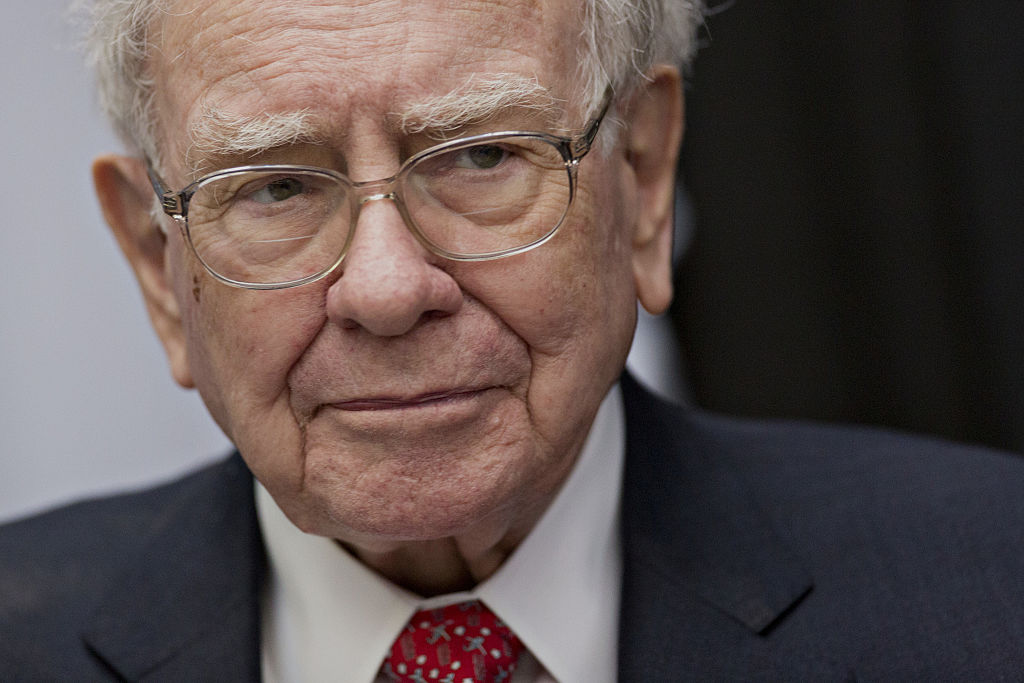 What Set Warren Buffett Apart
What Set Warren Buffett ApartAs Warren Buffett prepares for retirement, we reflect on what we've learned from his 60 years of leadership at Berkshire Hathaway.
